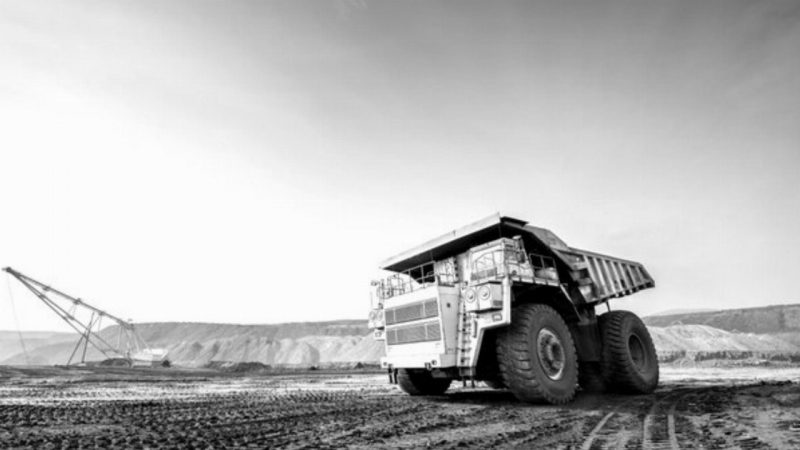- Commonwealth Bank (CBA) is forecasting a dip in commodity prices over 2022, though a weaker mining sector should be offset by stronger Australian domestic demand
- According to the bank’s latest Economic Insights report, prices are due to full next year for iron ore, liquified natural gas (LNG), thermal coal, and coking coal
- Reduced demand from China will keep iron ore prices subdued, while coal and gas prices will drop as winter passes in the Northern Hemisphere and supply increases
- However, CBA says the Australian economy will be in “expansion mode”, meaning strong domestic demand will “more than offset” the impacts of lower commodity prices
- The bank says falling commodity prices will be unlikely to dampen wages growth or inflation even as they impact government and mining sector revenue
Commonwealth Bank is forecasting a dip in commodity prices over 2022, though the economic impact of a weaker mining sector will be offset by stronger domestic demand in the Australian economy.
The big bank said in its latest Economic Insights report it expected an upcoming dip in prices for all four of Australia’s key commodities: iron ore, liquified natural gas (LNG), thermal coal, and coking coal.
Each of these commodities steadily grew in price over the first half of 2021, though the second half of the year has seen some divergent trends in the markets.
Iron ore has slipped from recent record highs in light of weakness in China’s property sector and Beijing’s commitments to reduce emissions, while a colder-than-usual winter in the Northern Hemisphere is keeping coal and gas prices elevated.
CBA said as winter passes in the Northern Hemisphere and extra supply of coal and gas commodities comes online, these prices are expected to ease in the new year. Meanwhile, iron ore prices will remain subdued by reduced demand from China.
However, while lower commodities prices typically mean reduced mining sector profits and a weaker Government budget bottom line driven by lower tax revenue, it’s not all bad news.
CBA said the Australian economy will be “well and truly in expansion mode in 2022”, meaning strong domestic demand will “more than offset the negative impacts of lower commodity prices”.
The bank added that commodity prices have remained at lofty levels over 2021, meaning they have already created something of a windfall for government revenue.
Forecasts by commodity
With China continuing to drive iron ore price movements, CBA said it expected iron ore prices to average around US$100 (A$138) per tonne over the final quarter of 2021 and fall to US$85 (A$118) per tonne by the final quarter of 2022.
CBA’s forecasts are below the Western Australian and Federal government assumptions for 2022, but higher than the government bets for 2023.
For LNG, spot prices are predicted to surge in the near term before correcting in the coming months.
“While demand for LNG from North Asia has been strong year-to-date, we expect that to ease due to stronger power generation from other sources in Japan and Korea and early signs of the energy shortage in China abating,” CBA said.
As far as oil is concerned, CBA said it expected Brent crude to peak at US$85 (A$118) per barrel this quarter before declining through 2022.
Commonwealth Bank said coking thermal coal prices, which are currently new record highs, will ease from US$210 (A$291) per tonne over the December 2021 quarter to US$160 (A$222) per tonne in the January 2022 quarter.
By the end of 2022, however, CBA predicts thermal coal could be as low as US$75 (A$104) per tonne as a global supply of the commodity continues to recover.
The predictions are similar for coking coal, which is also near a record high amid strong demand from outside of China.
“With BHP’s coking coal volumes expected to lift in H1 2022, we expect coking coal prices to start tracking lower in 2022,” CBA said.
While the forecasts seem relatively grim, it’s important to keep the context of high recent prices in mind.
CBA said if its forecasts prove accurate, the falling commodity prices in 2022 will be unlikely to dampen wages growth or inflation even as they impact government and mining sector revenue.
“The downtrend in commodity prices is expected to come at a time when the domestic economy is in a strong expansion phase following the pandemic lockdowns of 2021.”

